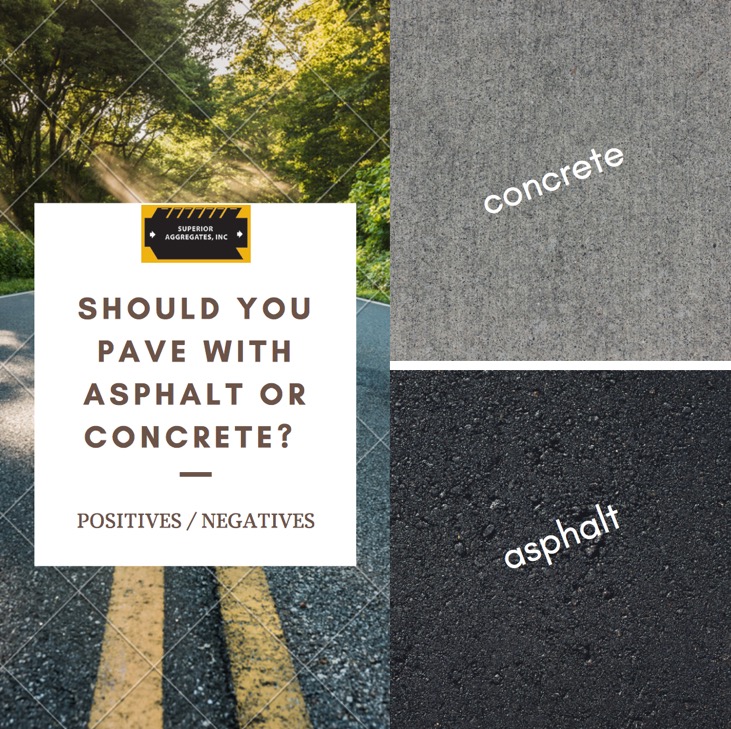
- Asphalt & Concrete Winter Maintenance in Brighton and Broomfield: What Property Owners Should Know
- How to Choose the Right Paving Contractor in Colorado: Asphalt Repair and Concrete Experts in Brighton, Broomfield and Erie
- Your Local Guide to Asphalt Paving and Concrete Contractors in Brighton & Broomfield, Colorado
aggregates asphalt asphalt and concrete asphalt companies asphalt companies in colorado asphalt company asphalt construction asphalt construction services asphalt contractor asphalt contractors asphalt cracks asphalt in boulder asphalt parking lot asphalt paving asphalt repairs asphalt sealcoating commercial asphalt commercial concrete commercial parking lot commercial paving concrete concrete companies concrete company concrete construction concrete construction services concrete contractors concrete contractors in brighton concrete contractors in broomfield concrete contractors near me concrete driveway concrete parking lot concrete pavement concrete paving construction services parking lot pothole pothole repair professional concrete residential concrete residential paving sealcoat sidewalks snow removal superior aggregates superior aggregates denver



